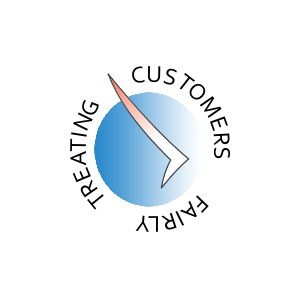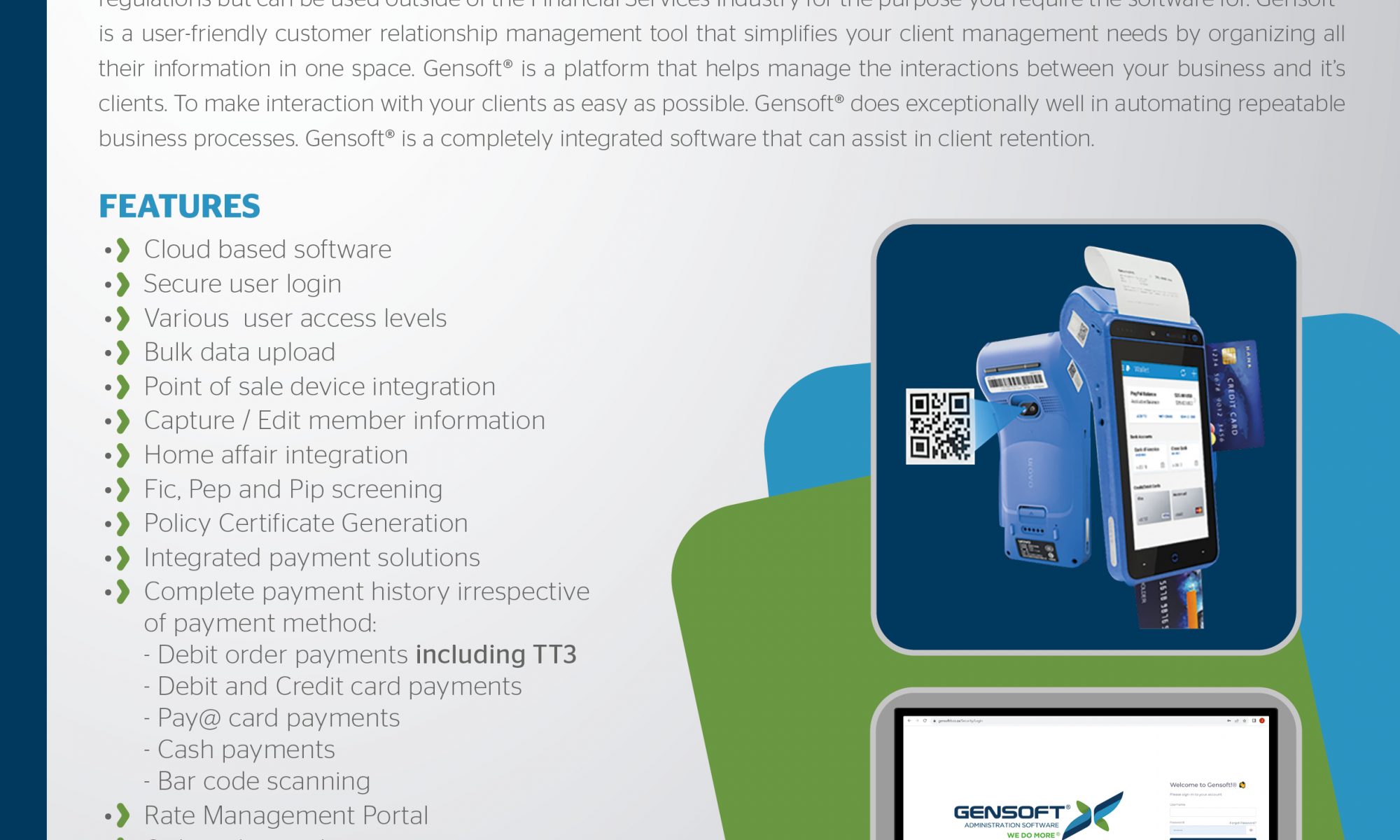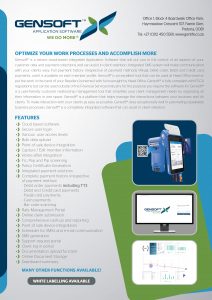
7 Ideas to Try on Your Funeral Home’s Facebook Page
Did you know that most families are looking to connect with your funeral home through social media?
According to a recent survey conducted, 90% of people said they use social media, and 54% said they use social media every day.
And with nearly 70% adults as active users, Facebook is where your funeral home needs to be to connect with families. But only posting obituaries isn’t enough – you have to provide value to your audience.
Finding time to maintain an active Facebook page that provides value is challenging. You have to decide what to post, create a posting schedule, make images and videos for your posts, and interact with families that comment on your posts.
Providing entertaining, engaging, and educational content for families on Facebook is easier than you think.
Here are 7 ideas that your funeral home can try today on Facebook.
- Post a photo of your grief therapy animal
If your funeral home has a grief therapy dog, cat, or other animal on staff, let your families know about it!
Photos of animals are very popular on social media and a great way to grab families’ attention as they scroll through their Facebook feeds. Post a photo of your furry friend with a short message about what makes your animal special and how it helps families.
Here’s an example of a caption you can use with a photo of your grief therapy animal:
“We understand the tremendous comfort pets can bring when we need it most. That’s why we proudly present (YOUR ANIMAL’S NAME HERE), our compassionate grief therapy (ANIMAL TYPE). (ANIMAL’S NAME) is always eager to offer support. Please feel free to stop by and meet (HIM/HER) for a heartwarming experience.”
- Post about a random holiday
Above all, social media is meant to provide entertainment. You can make families smile and laugh by posting about fun holidays.
Every month is filled with lesser-known holidays that most people aren’t familiar with. Brighten up your audience’s day by posting about these fun days every now and then.
And don’t forget to post on popular holidays, too!
Here’s an example of a fun special day post:
“Happy National Sisters Day! Take a moment today to express your gratitude for your beloved sister by giving her a hug, sending a text, or making a phone call to tell her just how much you appreciate her and celebrate the joy she brings to your life!”
- Share a video of your facilities
If someone has never been to a funeral home before, they may think it’s a cold and dreary place. Sharing a video of the inside of your funeral home is a great way to show families how warm and welcoming your facilities are.
Take a short video of your funeral home to let families know that they can expect an inviting and pleasant atmosphere when they visit you. Plus, Facebook promotes videos higher than most posts, meaning more families will see your video.
Here’s an example of a caption you can use to post with your video:
“We truly value your comfort and strive to provide you with a warm and inviting atmosphere. Our staff is committed to serving you with kindness and hospitality. If you are interested in seeing our facilities, we would love to give you a tour. Please don’t hesitate to visit us and experience our friendly environment firsthand. Your satisfaction is our top priority and we look forward to meeting with you.”
- Share an article from Funeral Basics
Most of your audience has little experience with funerals, so they may have questions. That’s where your funeral home can provide value by being a source of honest, reliable, and trustworthy information.
From providing helpful tips about preplanning to explaining what it means to grieve well, Funeral Basics has articles that your families will find interesting. Use Funeral Basics to share valuable funeral information with families.
Be sure to include your contact information so families know how to reach you if they have questions about what they read.
If you have any questions about what you read, feel free to give us a call at (PHONE NUMBER). We’re here to help you honor your loved one in the best way possible.”
- Explain the benefits and importance of preplanning
Not all families truly understand the benefits of preplanning. That’s why you should share the importance of making funeral arrangements ahead of time on your funeral home’s Facebook page! Your families can learn what preplanning is and how it can help them.
These posts can also open a door for your funeral home to serve them.
Here’s an example of a preplanning post:
“Planning a funeral immediately after losing a loved one can be a challenging task. This is why preplanning is a valuable gift. By taking care of arrangements in advance, you can make informed decisions, and relieve your loved ones of the burden of funeral planning. To learn more about the advantages of preplanning, feel free to give us a call or visit us at any time.”
- Share important local news
Staying connected to your community is important as a small business. That’s why sharing local news is a way to show families you care about your town! By doing this, your audience will trust you and see you as a source of valuable information. And remember, creating value is your top priority.
Here’s an example of a post sharing important local news:
“Did you see this in the news? First Street will be closed for the next two weeks because of construction. This may cause some extra traffic and congestion in the area, so please drive safely! Here’s the full story for more details. (ADD LINK)”
- Post a testimonial video
Video testimonials are great ways to promote your funeral home. Because Facebook likes videos, more families will see your video and learn how your funeral home helped someone like them.
So, ask a recently served family to speak about their experience and how your staff helped make their difficult time a little bit easier.
This idea requires a bit more planning than the others, but it’s the most beneficial in helping your funeral home.
Here’s an example of a caption you can use to post with your testimonial video:
“We understand that during a time of loss, families look for someone who cares and goes the extra mile. You can find what you’re looking for at (YOUR FUNERAL HOME NAME HERE). We are fully committed and dedicated to families just like yours. However, don’t just take our word for it! Watch this short video and hear from people who have experienced our services. Contact us today or visit our website to learn more.”



 TCF is a regulatory framework set by the Financial Sector Conduct Authority (FSCA). This framework governs the way an FSP business conducts daily dealings with its clients ensuring that all clients are treated fairly, during all stages of the product life cycle and advice process. Fair treatment of customers underpins the General Code of Conduct for financial services providers (FSPs) and Representatives. The treating customer fairly principle aims to raise standards in the way firms carry on their business by introducing changes that will benefit consumers and increase their confidence in the financial services industry.
TCF is a regulatory framework set by the Financial Sector Conduct Authority (FSCA). This framework governs the way an FSP business conducts daily dealings with its clients ensuring that all clients are treated fairly, during all stages of the product life cycle and advice process. Fair treatment of customers underpins the General Code of Conduct for financial services providers (FSPs) and Representatives. The treating customer fairly principle aims to raise standards in the way firms carry on their business by introducing changes that will benefit consumers and increase their confidence in the financial services industry.

